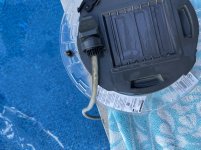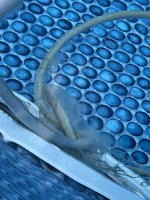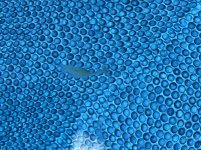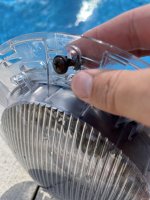- Jun 8, 2019
- 4,576
- Pool Size
- 20000
- Surface
- Vinyl
- Chlorine
- Salt Water Generator
- SWG Type
- Pentair Intellichlor IC-60
You have me eyeing up LED replacement bulbs for my light fixture. I'll pick one, ask the better half, she'll shoot it down as unnecessary and expensive, and she'll be right. >.>





